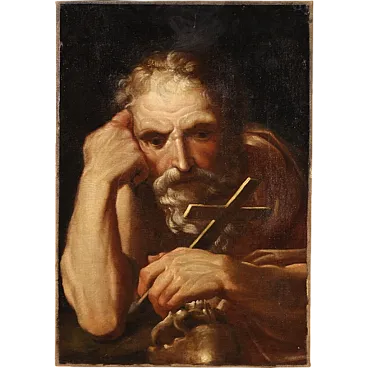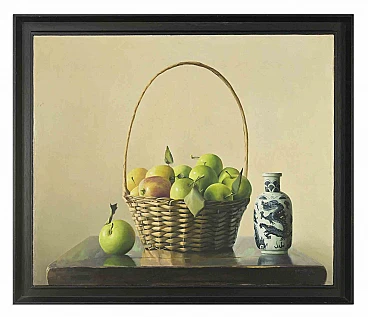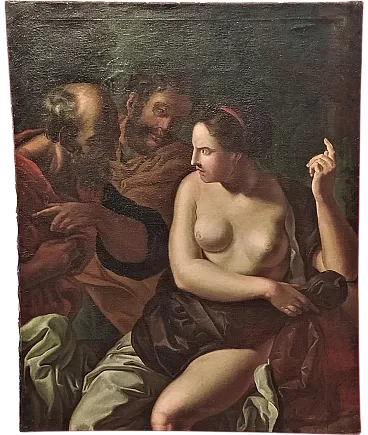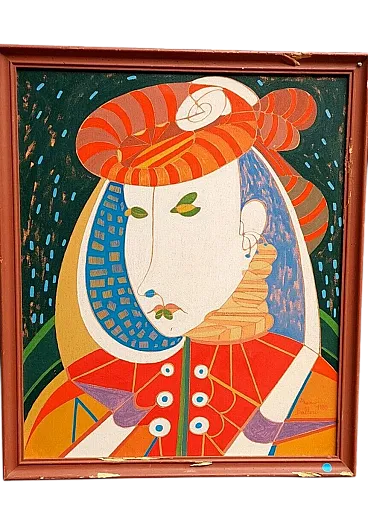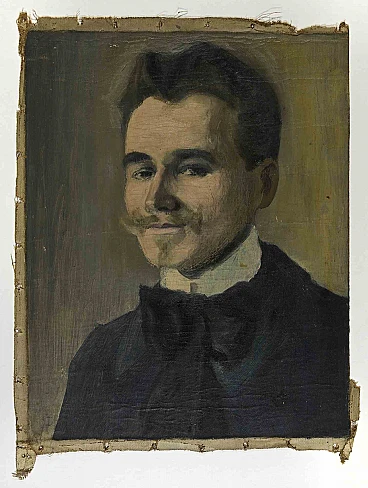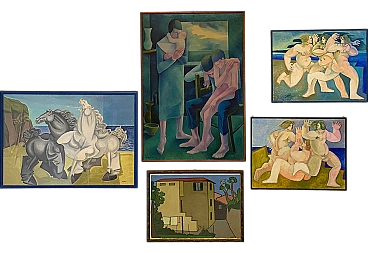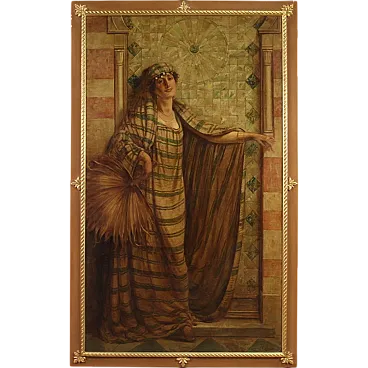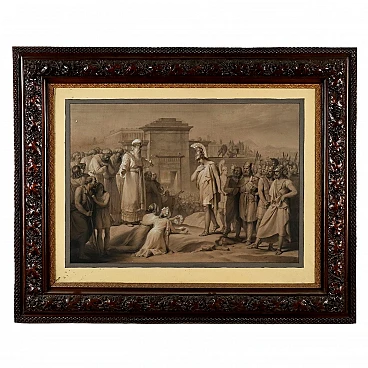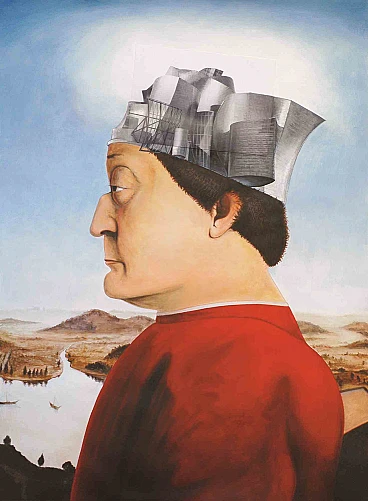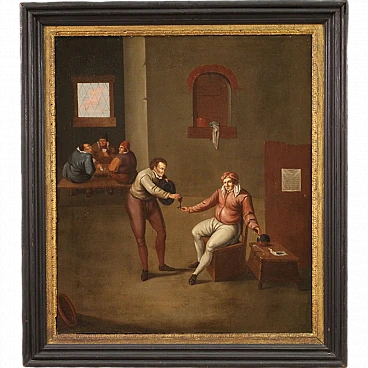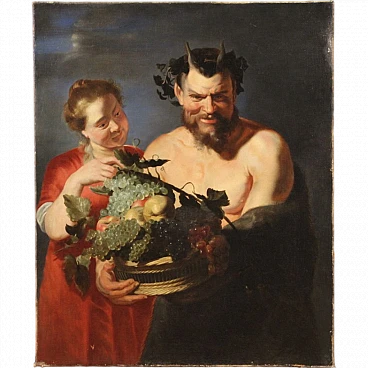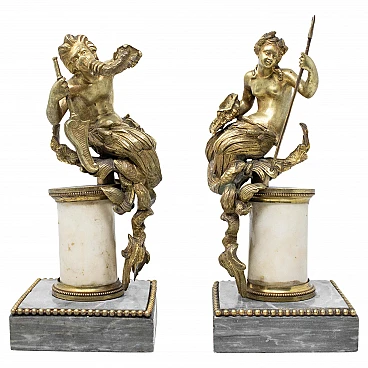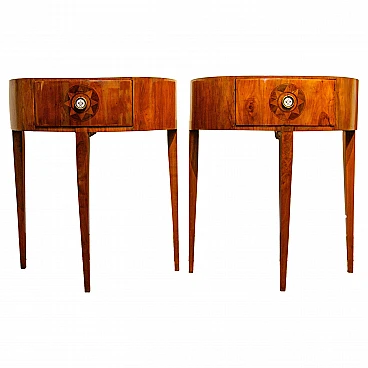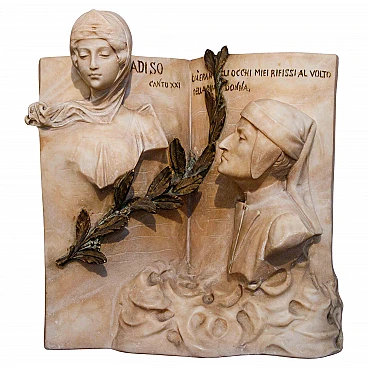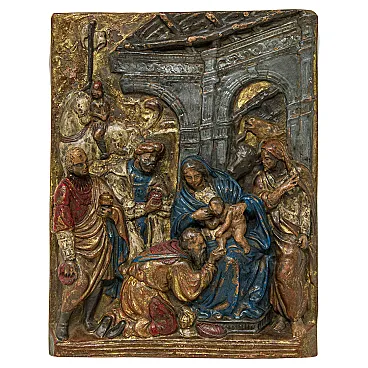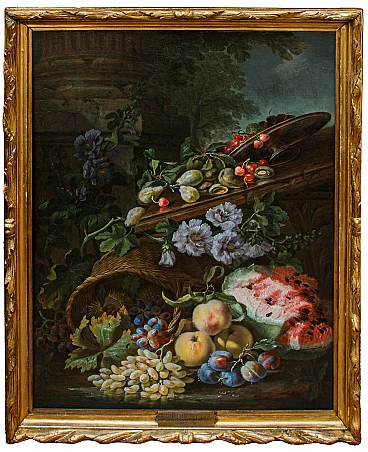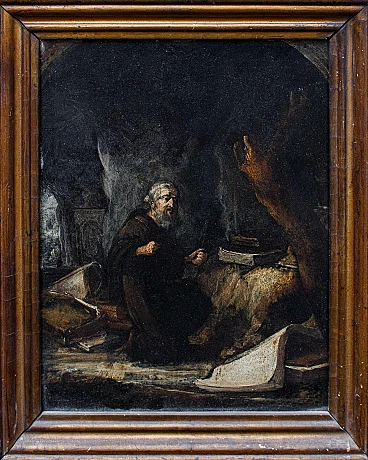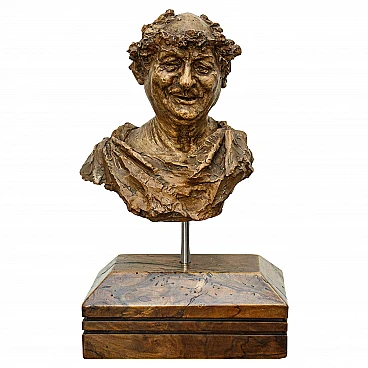Mannerist painter, 16th century, Leda and the Swan, oil on canvas, 87.5 x 142 cm. Initial ‘P’ in the centre of a cushion embroidery Leda, Queen of Sparta and bride of Tindarus, is lying on a sheet with her torso raised by a white cushion. Her figure, which occupies the entire space of the canvas, is softly joined by that of Zeus in the guise of a swan. Following this union, according to the myth, Leda laid an egg from which Helen, Pollux, Castor and Clytemnestra were born. The story is supposed to have taken place along the river Eurota, but the backdrop in the present painting is a detailed view of a mountain range surrounding a lake, and some buildings. An aqueduct and the Cestia Pyramid stand out among them: a landscape piece of great quality, in essence, especially in the chromatic rendering of the surrounding vegetation and the softly outlined mountains, so much so that one might think the artist had studied the works of the master Leonardo. The voluminousness of the female figure is reminiscent of mannerist stylistic elements, and it is therefore possible to circumscribe its chronological realisation to the middle of the 16th century. For the origins of the iconography of the reclining Leda, in antiquity preferred in the standing variant, it is necessary to dwell on an engraving by Albrecht Dürer (1471-1528), depicting the woman in the company, instead of the swan, of a sea creature. Cesare Reverdino (second half of the 16th century) took up this work again, this time placing Zeus in a changed form alongside the queen. It is Michelangelo's lost version, however, that has inspired the greatest number of replicas: painted on commission by Alfonso I d'Este, Duke of Ferrara, the canvas imposed itself as an open challenge to his colleague Titian, who had just delivered three paintings to the duke. Michelangelo completed the work, said by biographer Condivi to be of considerable size, by 1530 or the following year; it would seem that, in response, Titian immortalised the famous Danae now in the collection of the Museo e Real Bosco di Capodimonte, which Michelangelo saw when in Rome but criticised, in 1545. Following an argument with the duke's representative, the Tuscan artist gave the canvas and preparatory cartoon to his pupil Antonio Mini, who took both to France to sell them to François I. Although tradition has it that it was the superintendent of Fontainebleau, Des Noyers, who burnt the original painting for indecency, there is still no record of its disappearance. We do know, however, that Cornelis Bos made an engraved copy and that Michelangelo himself made a study for Leda's face in red plaster, which is now kept at Casa Buonarroti in Florence. The oldest replica of the master's canvas to date is the painting exhibited at the National Gallery in London, although the Dioscuri mentioned by Cornelis does not appear in it. Long attributed to Rosso Fiorentino due to the testimony of Cassiano del Pozzo, who saw a similar one in the Fontainebleau picture gallery in 1625, and also because of the cartoon that Vasari records as being in the artist's studio at the time of his death in 1540 (London, Royal Academy of Arts), the canvas has now been more prudently attributed to an anonymous hand. The variant of the reclining Leda, also recurring in a sculpture by Bartolomeo Ammanati (Florence, Museo Nazionale del Bargello), was joined by Leonardo da Vinci in the form of a kneeling queen near a reed bed (Study for Leda, Rotterdam, Boymans-van Beuningen Museum and Chatsworth House, Derbyshire), soon taken up by a large number of his pupils, including Cesare da Sesto (Rome, Galleria Borghese) and Francesco Melzi (Florence, Uffizi Galleries). Raphael later replicated a Leonardesque study by proposing a standing Leda (Windsor, Royal Collection). The object is in good condition.
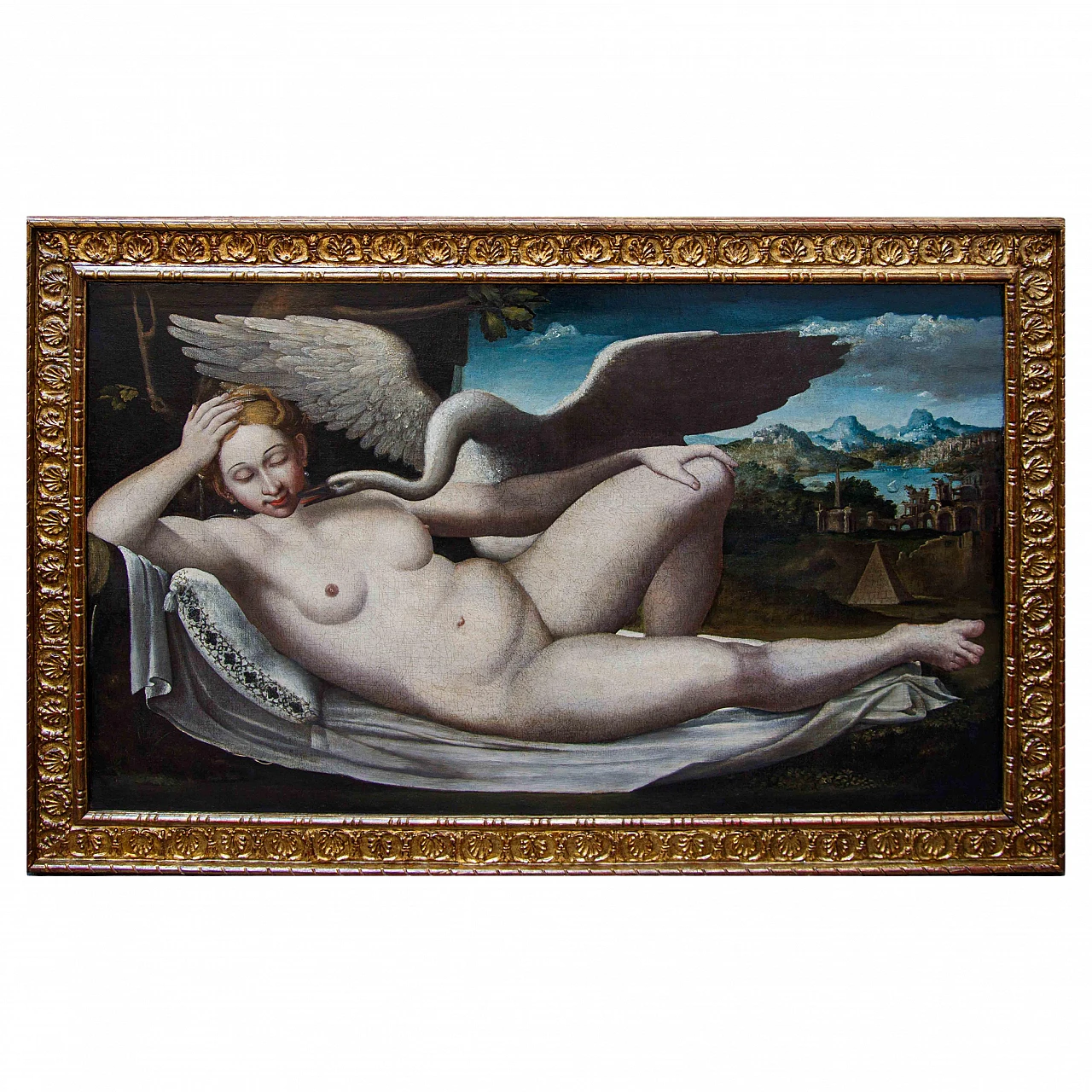
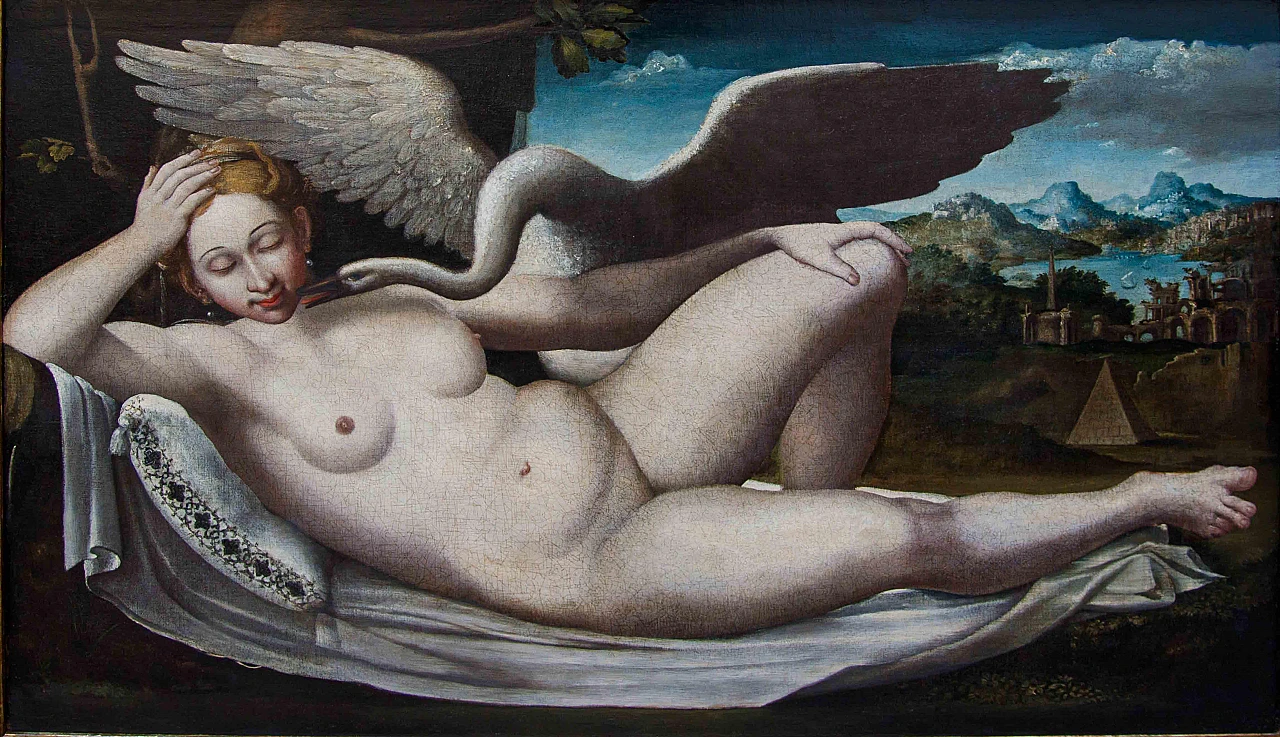
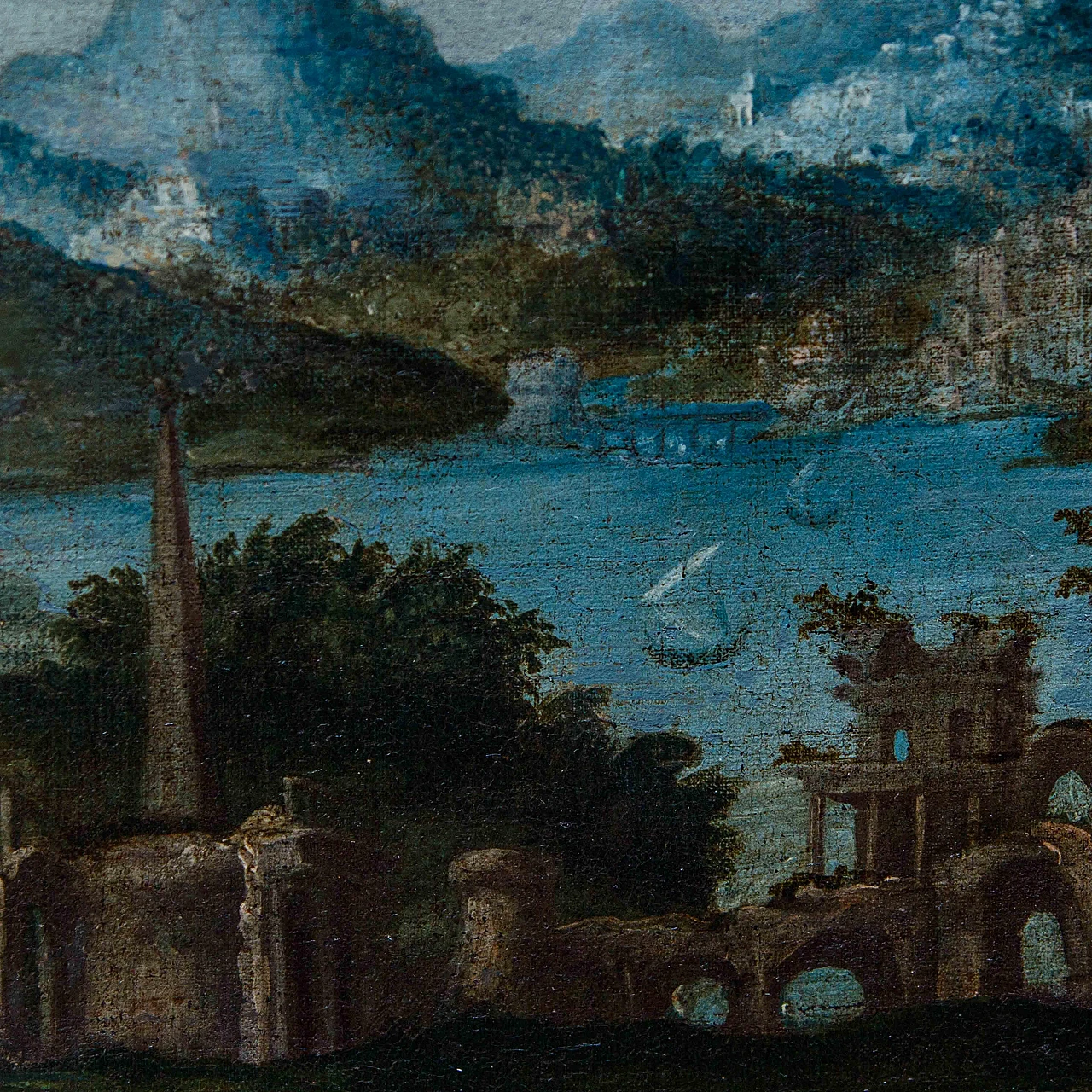
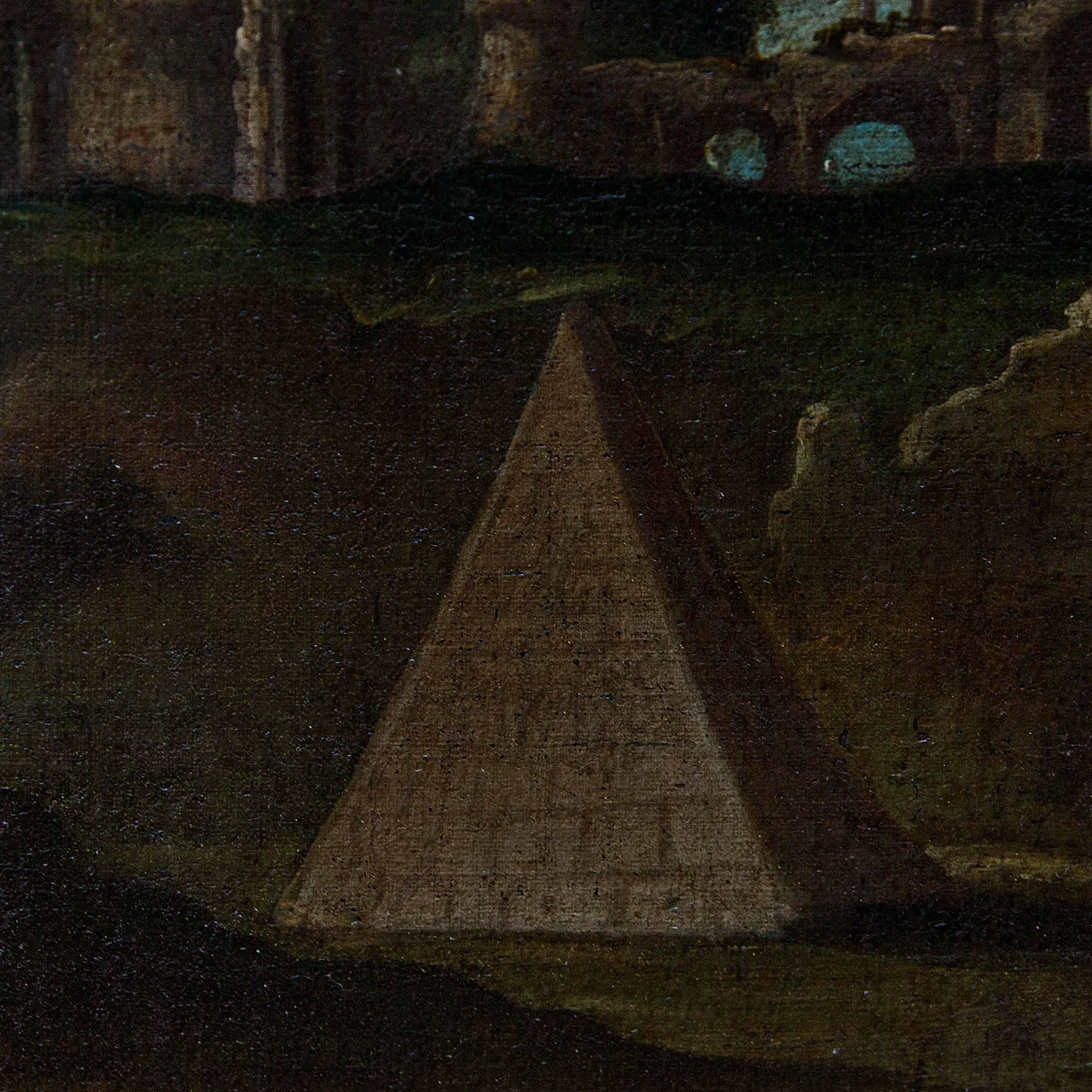
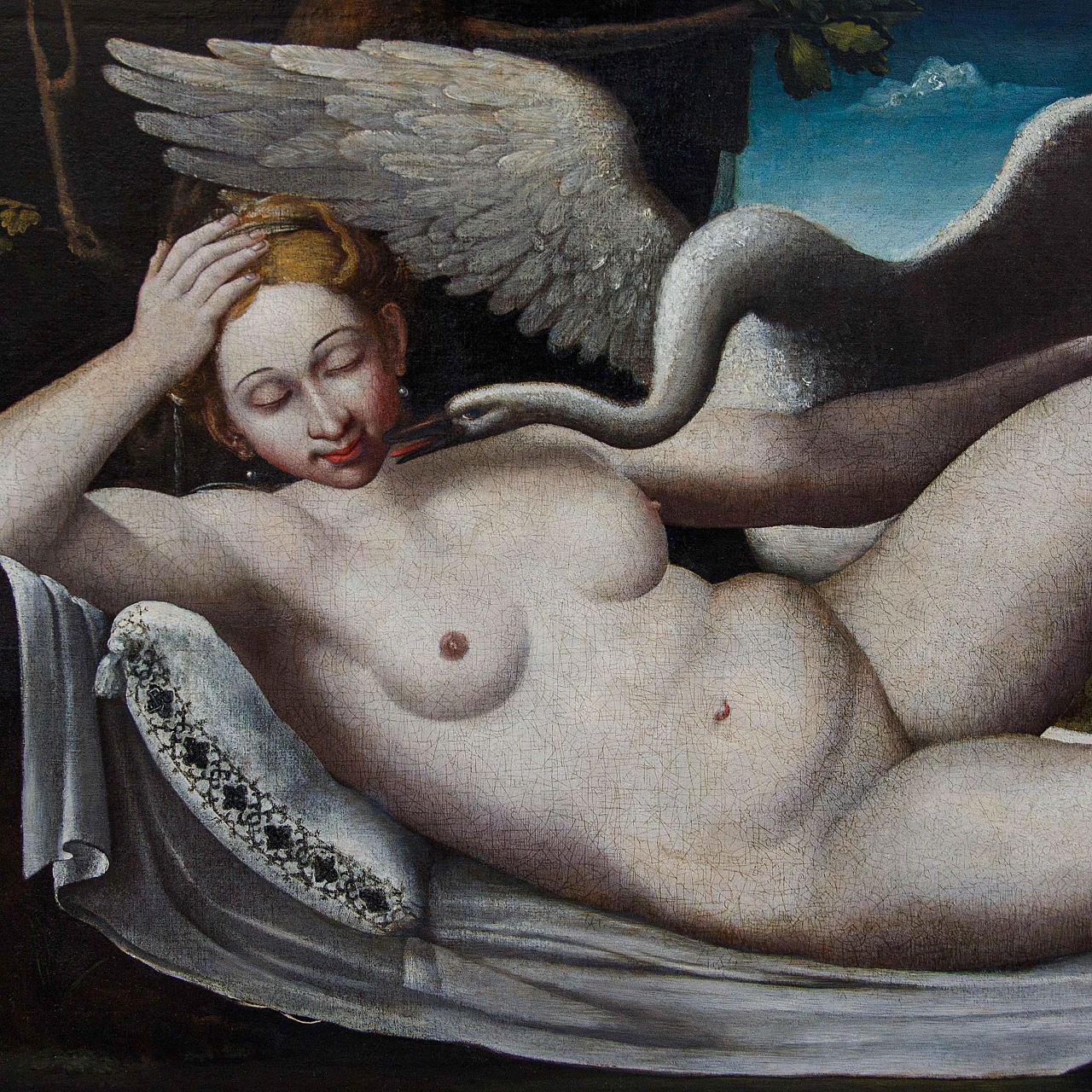
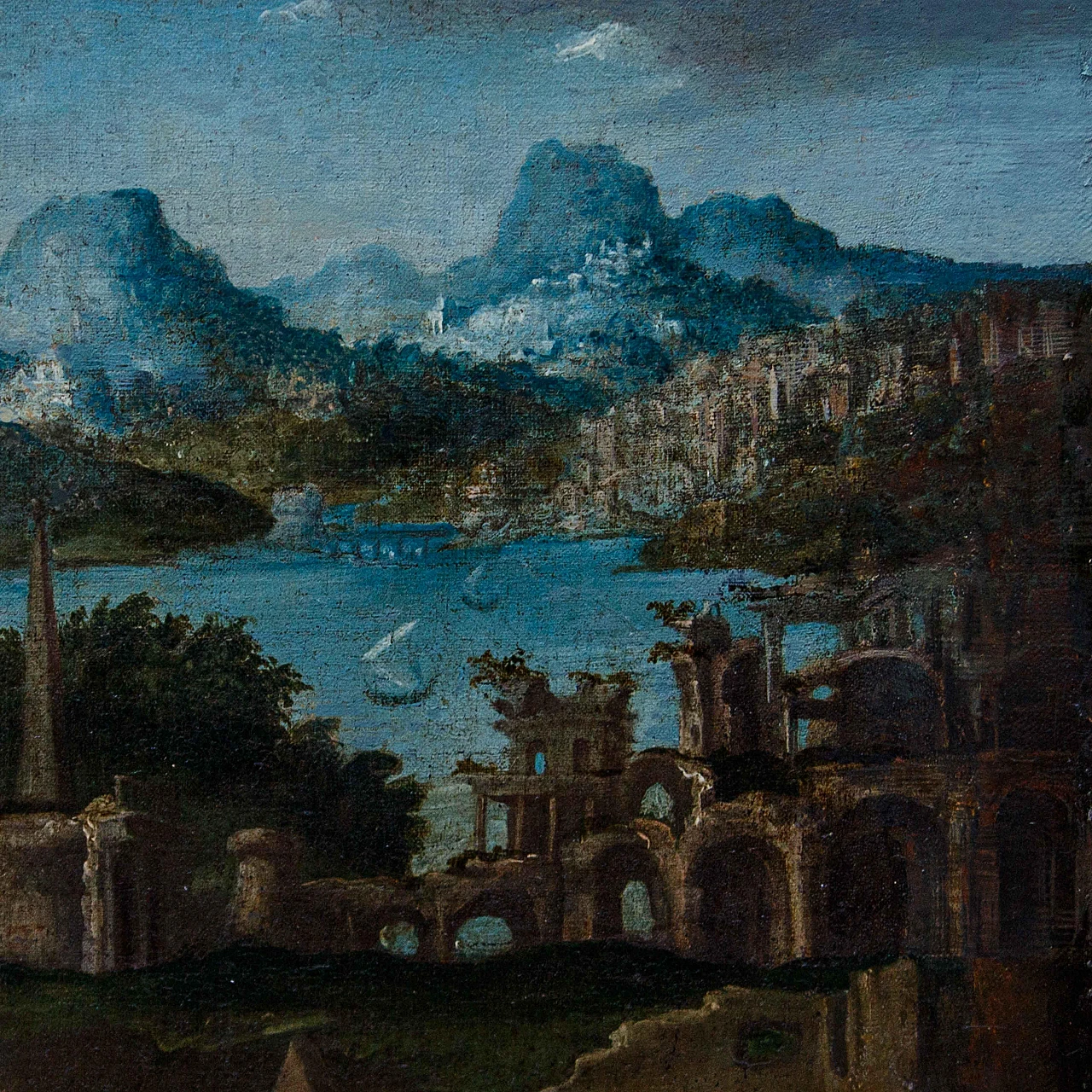
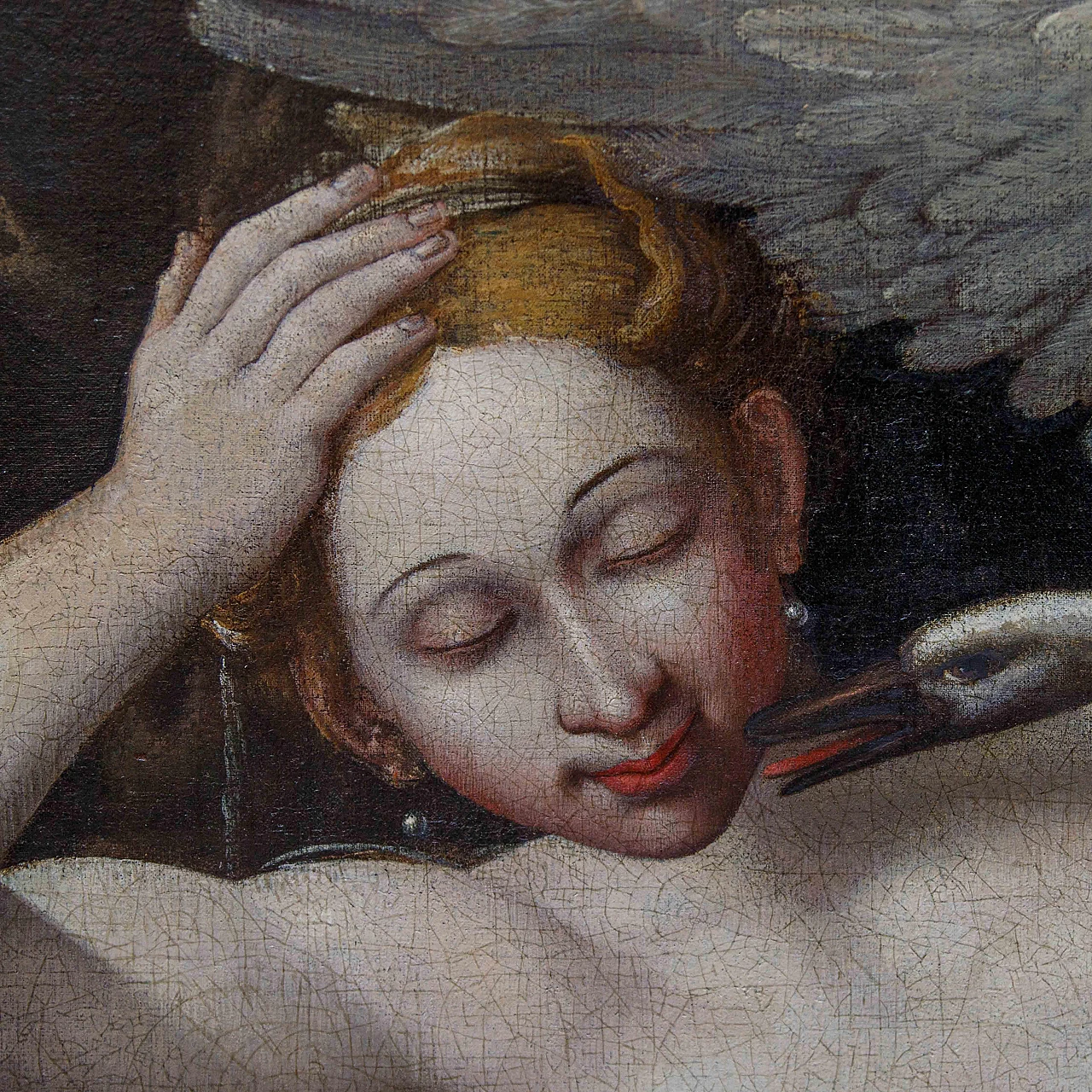
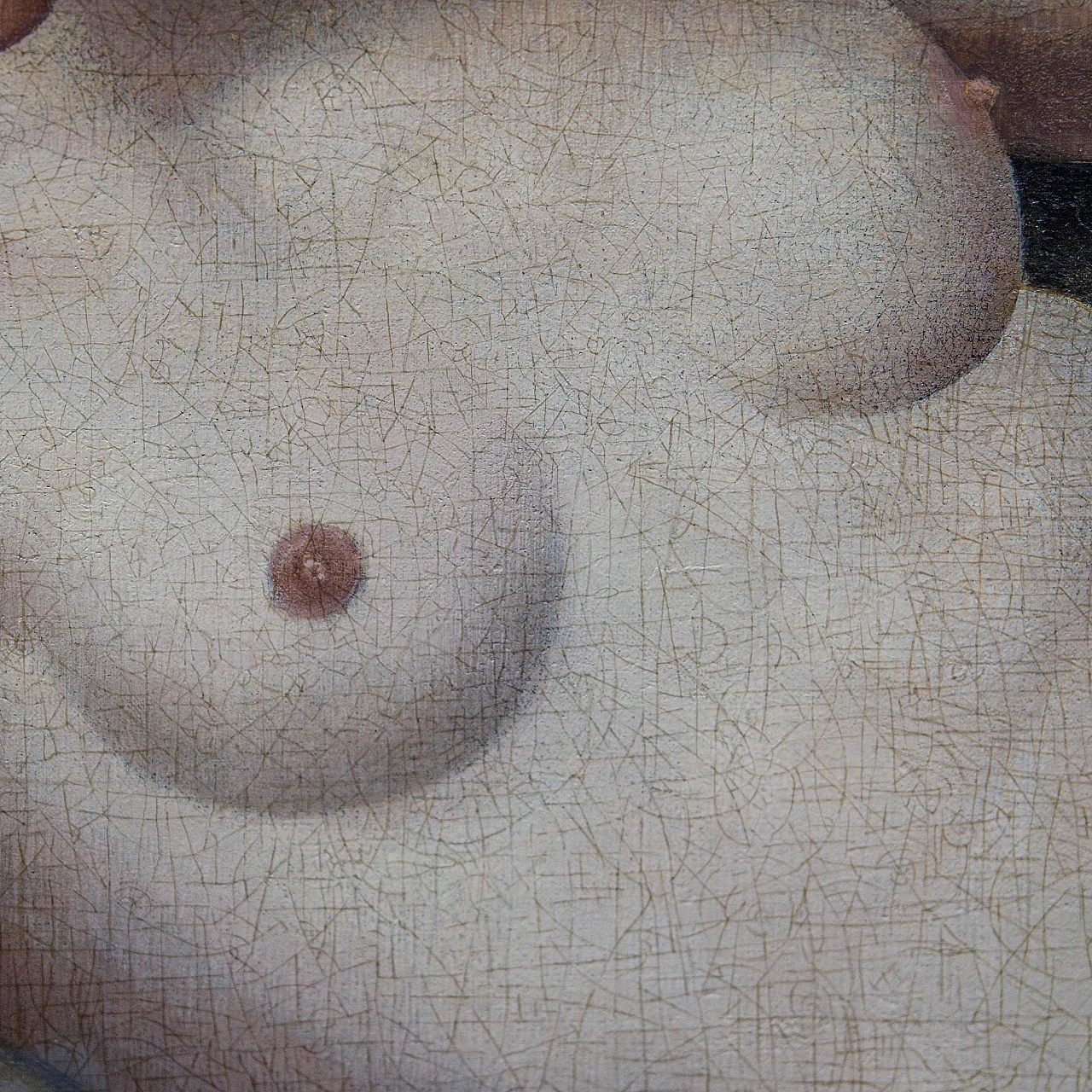
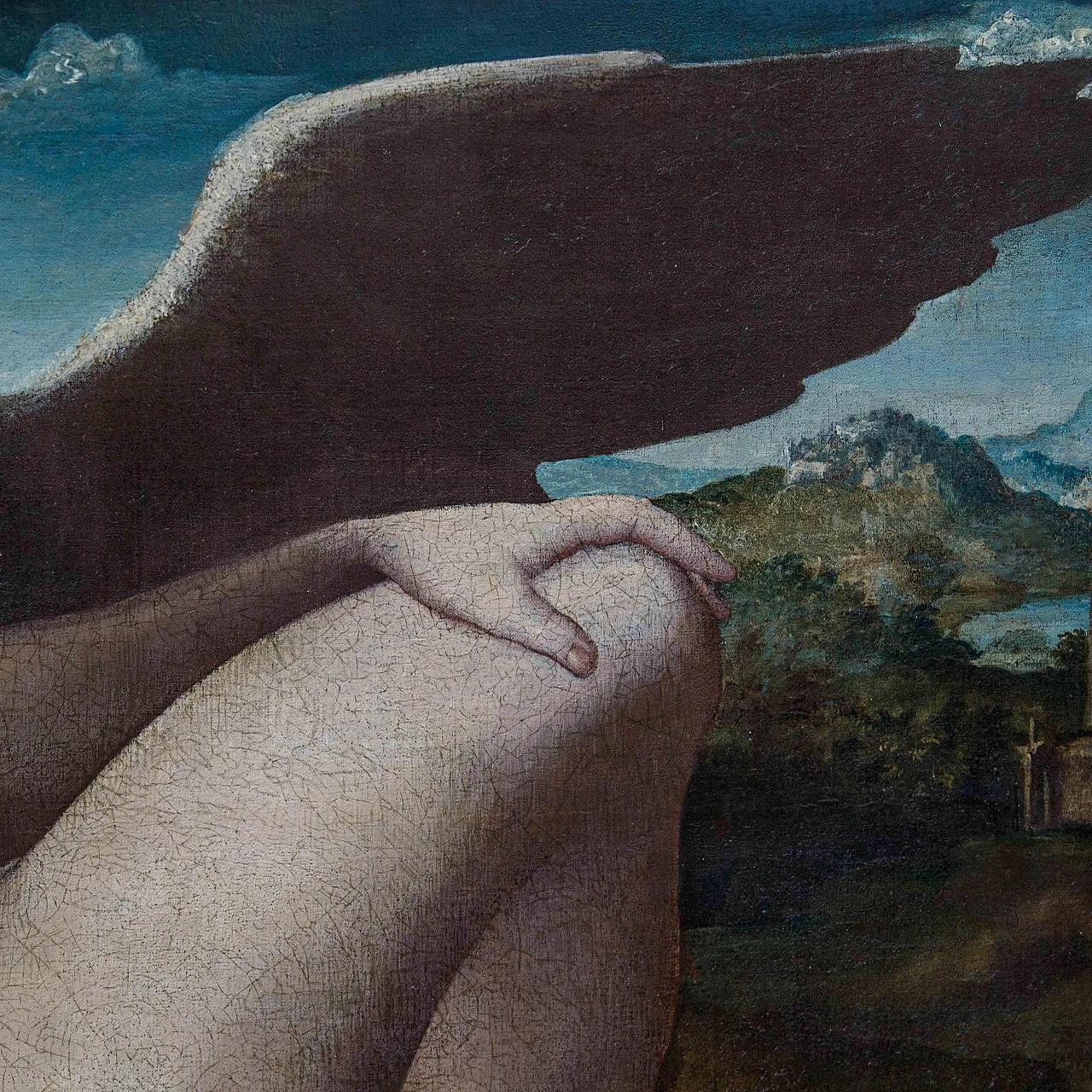
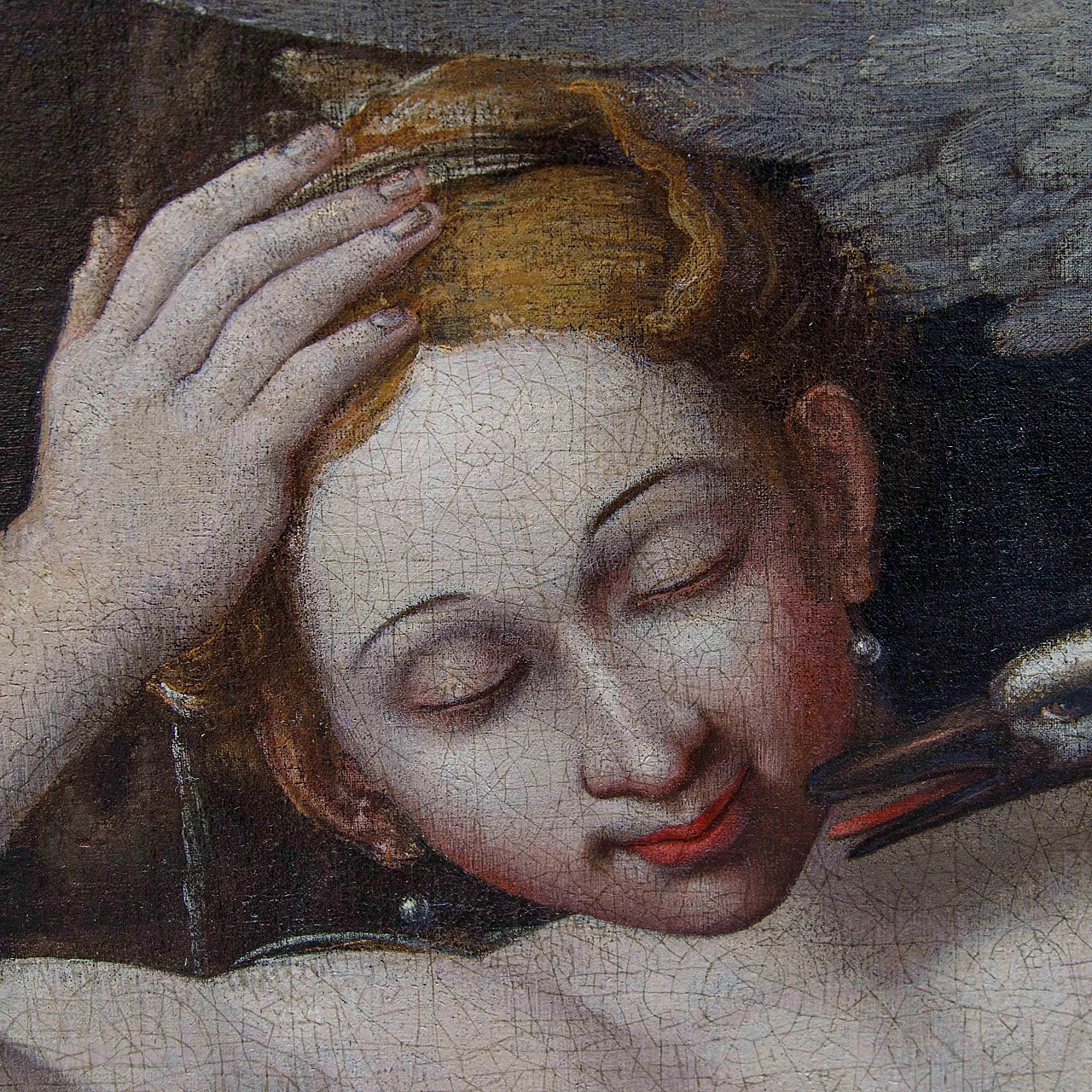
 SILVER Seller in Milano, Italia
SILVER Seller in Milano, Italia






.png)





